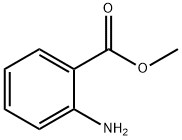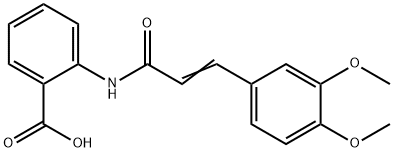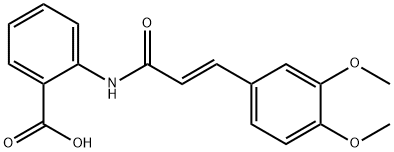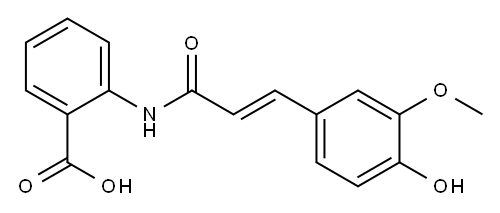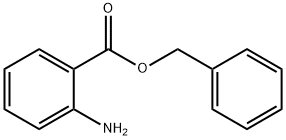Methyl anthranilate , 99% , 134-20-3
Synonym(s):
Methyl 2-aminobenzoate;Methyl anthranilate
CAS NO.:134-20-3
Empirical Formula: C8H9NO2
Molecular Weight: 151.16
MDL number: MFCD00007710
EINECS: 205-132-4
| Pack Size | Price | Stock | Quantity |
| 25G | RMB24.00 | In Stock |
|
| 100G | RMB40.80 | In Stock |
|
| 500G | RMB112.00 | In Stock |
|
| 2.5KG | RMB448.80 | In Stock |
|
| others | Enquire |
PRODUCT Properties
| Melting point: | 24 °C (lit.) |
| Boiling point: | 256 °C (lit.) |
| Density | 1.168 g/mL at 25 °C (lit.) |
| vapor pressure | 1 mm Hg ( 20 °C) |
| refractive index | n |
| FEMA | 2682 | METHYL ANTHRANILATE |
| Flash point: | 220 °F |
| storage temp. | Keep in dark place,Inert atmosphere,Room temperature |
| solubility | alcohol: freely soluble(lit.) |
| pka | pK1:2.23(+1) (25°C) |
| form | Liquid |
| color | Clear yellow-brown |
| PH | 7.5-8 (H2O, 20℃)Aqueous solution |
| Odor | grape odor |
| Odor Type | fruity |
| biological source | synthetic |
| explosive limit | 1.4-7.8%(V) |
| Water Solubility | slightly soluble |
| Sensitive | Air Sensitive |
| Merck | 14,6020 |
| JECFA Number | 1534 |
| BRN | 606965 |
| Stability: | Stable. Combustible. Incompatible with strong oxidizing agents. |
| InChIKey | VAMXMNNIEUEQDV-UHFFFAOYSA-N |
| LogP | 1.88 at 20℃ |
| Surface tension | 43.71 mN/m at 25° |
| CAS DataBase Reference | 134-20-3(CAS DataBase Reference) |
| NIST Chemistry Reference | Benzoic acid, 2-amino-, methyl ester(134-20-3) |
| EPA Substance Registry System | Methyl anthranilate (134-20-3) |
Description and Uses
Methyl anthranilate, also known as MA, methyl 2-amino benzoate or carbo methoxy aniline, is an ester of anthranilic acid. Its chemical formula is C8H9NO2.
Methyl anthranilate acts as a bird repellent. It is food-grade and can be used to protect corn, sunflowers, rice, fruit, and golf courses. Dimethyl anthranilate (DMA) has a similar effect. It is also used for the flavor of grape Kool Aid. It is used for flavoring of candy, soft drinks (e.g. grape soda), gums, and drugs.
Methyl anthranilate both as a component of various natural essential oils and as a synthesised aroma-chemical is used extensively in modern perfumery . It is also used to produce Schiff's Bases with aldehydes, many of which are also used in perfumery. In a perfumery context the most common Schiff's Base is known as aurantiol - produced by combining methyl anthranilate and hydroxyl citronellal.
Safety
| Symbol(GHS) |  GHS07 |
| Signal word | Warning |
| Hazard statements | H319 |
| Precautionary statements | P264-P280-P305+P351+P338-P337+P313 |
| Hazard Codes | Xi |
| Risk Statements | 36/37/38 |
| Safety Statements | 26-36-37/39 |
| WGK Germany | 1 |
| RTECS | CB3325000 |
| F | 21 |
| Autoignition Temperature | 986 °F |
| TSCA | Yes |
| HS Code | 29224995 |
| Hazardous Substances Data | 134-20-3(Hazardous Substances Data) |
| Toxicity | LD50 orally in rats, mice: 2910, 3900 mg/kg, P. M. Jenner et al., Food Cosmet. Toxicol. 2, 327 (1964) |

